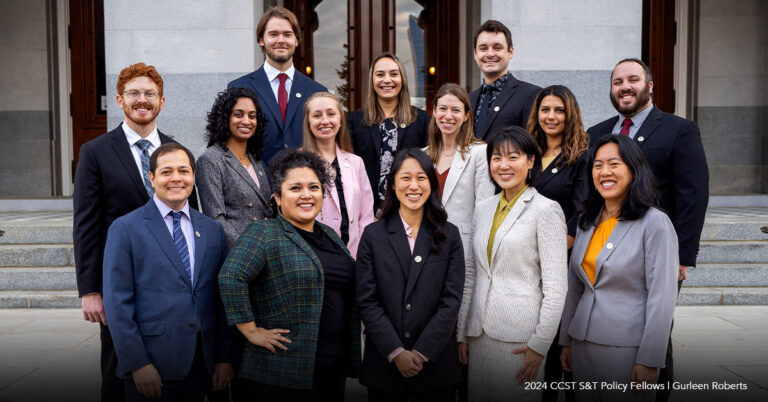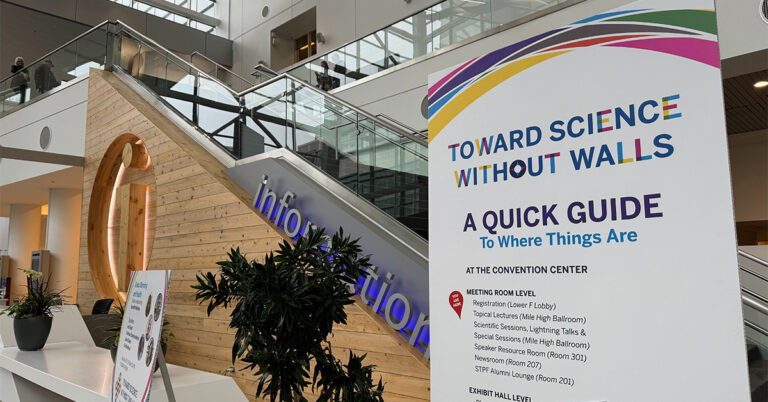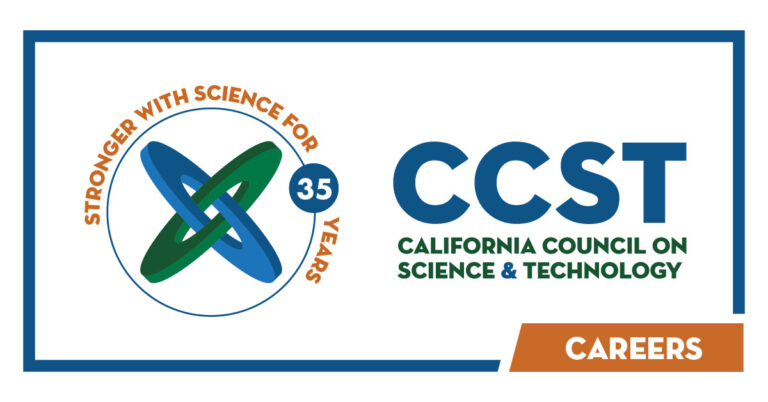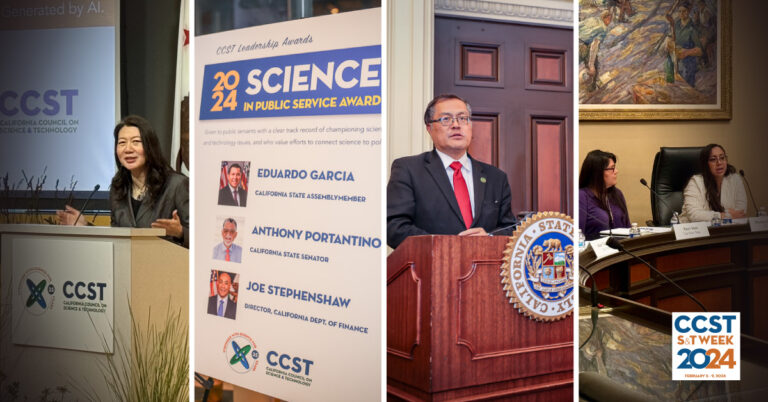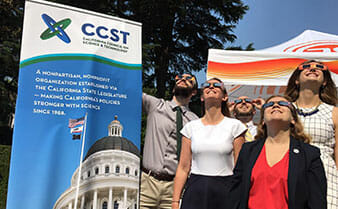Update: Applications for the CCST Science & Technology Policy Fellowship Have Closed
CCST Publishes New “Field Guide” to Federal Labs Science for California State Leaders
May 4, 2018 | CCST Newsroom, Press Releases | Contact: Ben Landis
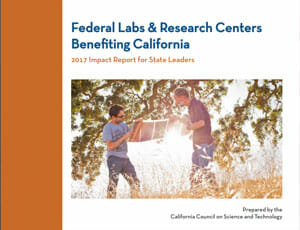
SACRAMENTO, Calif. – A highlight of S&T Week for CCST’s Federal Laboratory Affiliates was CCST unveiling of “Federal Labs & Research Centers Benefiting California” – a new reference publication for state leaders. This impact report highlights policy-relevant research being pursued at California’s DOE and NASA labs, serving as a guide to how CCST and its Federal Laboratory Affiliates can serve and support science-informed policymaking in Sacramento.
The federal labs impact report is the first such CCST publication since a 2006 in-depth analysis of the economic and R&D value of NASA and DOE labs to the Golden State. The re-envisioned impact report project was led by CCST Senior Program Associates Christine Casey, Shannon Muir, and CCST Communications Advisor Ben Young Landis, working directly with Federal Laboratory Affiliates Chair Sheryl Hingorani and government affairs liaisons at NASA Ames, NASA JPL, Berkeley Lab, Livermore Lab, Sandia, SLAC, and NREL.
The new format functions both as an evergreen primer as well as an annual update. The “Research Overview” section lists timely and relevant research efforts across thematic areas spanning public safety, human health, ag/water/natural resources, climate change, energy, entrepreneurship, cybersecurity, STEM education, and basic science. The “Impact Reports” for each individual Federal Laboratory Affiliate explains a short history of each facility, as well as its key strengths and resources. Specific case studies of federal research directly translating into state policy advice or in-state industry applications are listed, as are recent media headlines and quotes of praise from state legislators for each lab’s districts.
“We want a legislative staffer or Member to be able to pick up this impact report, and immediately say, ‘Wow, I didn’t know federal labs did all this research, and have so much science that can inform California policies,'” says CCST Deputy Director Amber Mace. “We want to shine light on all the ways our federal labs and research centers complement and interface with California’s amazing university and agency science – and that CCST can be the first point of contact for anyone in California’s Executive and Legislative offices who is curious to seek out federal expertise and advice.”
Printed and bound copies of the new federal labs impact report are available to California state offices upon request to CCST Senior Program Associate ,Christine Casey PhD, and an online version of the report can be accessed here.
About the California Council on Science and Technology
The California Council on Science and Technology is a nonpartisan, nonprofit organization established via the California State Legislature in 1988. CCST engages leading experts in science and technology to advise state policymakers – ensuring that California policy is strengthened and informed by scientific knowledge, research, and innovation.

